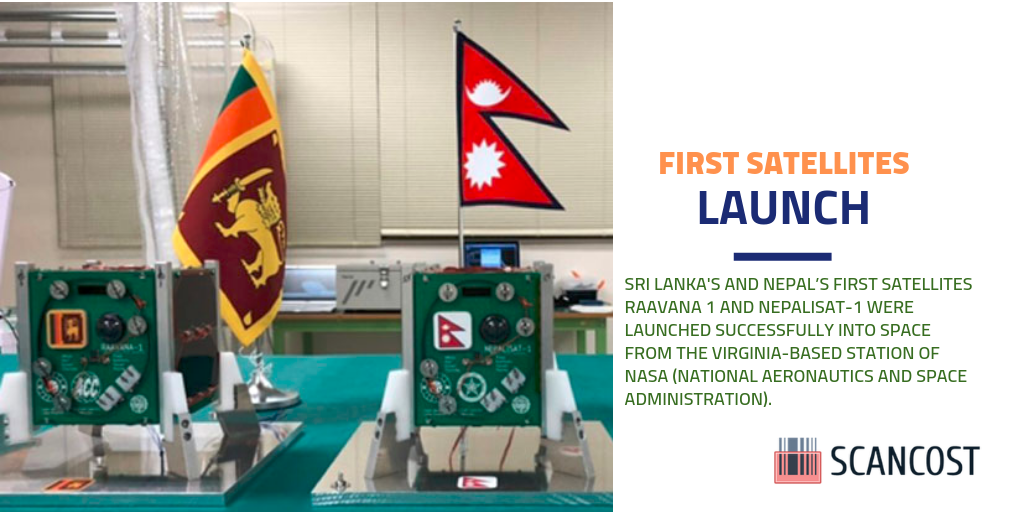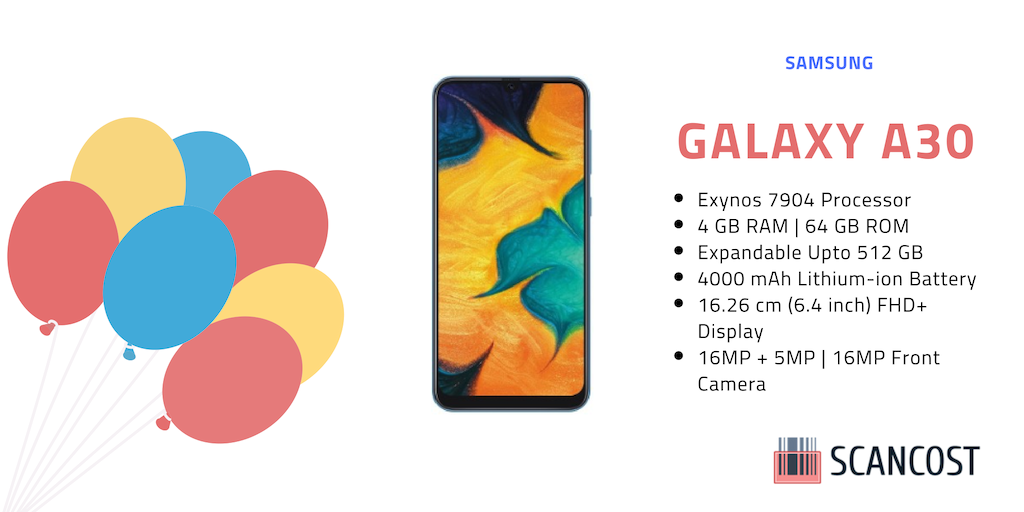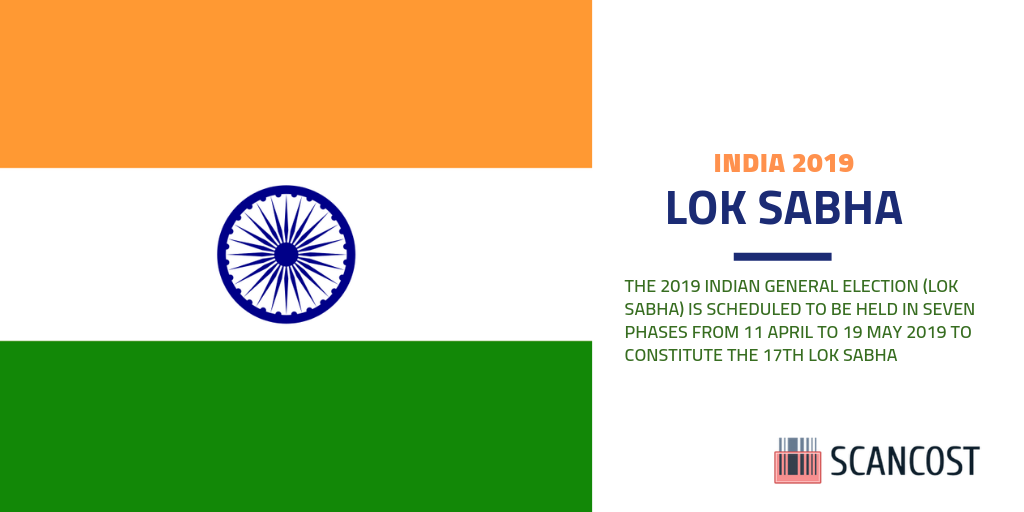
Sri Lanka and Nepal Launch Their First Satellites Raavana 1 and NepaliSat-1
Sri Lanka's and Nepal’s First Satellites Raavana
1 and NepaliSat-1 were launched successfully into space from the Virginia-based
station of NASA (National Aeronautics and Space Administration).
Raavana 1
Raavana 1 also known as BIRD LKA is a Sri Lankan
low orbit cube research satellite and first satellite of Sri Lanka. The
satellite was launched as part of Cygnus NG-11 by the United States on 17 April
2019.
- The research satellite is developed by Tharindu
Dayarathna, and Dulani Chamika Vithanage who are scholars of Peradeniya
University’s Engineering Faculty, and the Asian Institute of Technology.
- The satellite was designed in Japan and the
satellite is about 100 cubic centimeters and it weighs about 1.1 kg. The
lifespan of the satellite is about one and a half years.
- The satellite will take images of Sri Lanka and
other countries near Sri Lanka, to reduce "angular velocity of the
satellite using magnetic torquers" according to Colombo Gazette.
- The satellite was handed to Japan Aerospace
Exploration Agency (JAXA) on 18 February, and the satellite was sent to
International Space Station on 17 April at 2:16 a.m. Sri Lanka Standard Time.
- The satellite will orbit four hundred kilometers
away from earth, and the satellite contains five missions to complete.
- Raavana 1 will be inside the third batch known as
BIRDS-3 with Nepal, and Japan.
- Raavana 1 will take fifteen pictures per day
at a speed of 7.6 km per second.
NepaliSat-1
NepaliSat-1 also known as Bird NPL is a Nepalese
low orbit research satellite and the first satellite of Nepal along with a Sri
Lankan satellite Raavana 1. it was launched as part of Cygnus NG-11 by the
United States on 17 April 2019.The satellite launch marked its global space age
debut along with Sri Lanka. It is expected to reach the International Space
Station around 20 April 2019 and estimated to revolve the Earth for six months.
- The Nanosatellite was developed by two Nepalese
scientists Aabhas Maskey and Heriram Shrestha, both of whom are currently
studying at Japanese Kyushu Institute of Technology.
- The satellite has a mass of 1.3 kg and funded by
the Nepal Academy of Science and Technology while it was constructed under the
BIRDS project of the Japanese Kyushu Institute of Technology.
- The development of the satellite cost nearly
twenty million Nepalese rupees.
- The satellite weighs about 1.3 kilograms.
- The satellite contains Nepal's flag and Nepal
Academy of Science and Technology (NAST) logo, alongside the developer’s name.
- The satellite was launched at 2:31 A.M. (Nepal
Standard Time) from Virginia.
- The satellite will be orbiting around 400 kilometers
away from earth.
- NASA was live-streaming on the launch of Nepal's first nano-satellite, alongside Sri Lanka. and Japan with launching their satellite with Nepal.
- The satellite will take pictures of Nepal to provide geographical information to the country.
Source : Wikipedia NepaliSat-1, Wikipedia Raavana_1
















xyz20 Apr 2019
You are not specifying the source from where you have written.
Reply
ADMIN20 Apr 2019
Dear XYZ, thanks for your comments, we have updated the actual source. you can verify now.
Reply